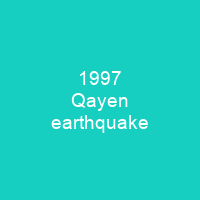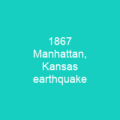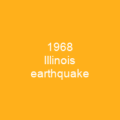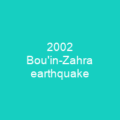The Qayen earthquake struck northern Iran’s Khorasan Province in the vicinity of Qaen on May 10, 1997 at 07: 57 UTC. The earthquake registered 7. 3 on the moment magnitude scale and was centered approximately 270 kilometers south of Mashhad on the village of Ardekul. It devastated the Birjand–Qayen region, killing 1,567 and injuring more than 2,300. Damage was eventually estimated at $100 million.
About 1997 Qayen earthquake in brief

The maximum horizontal acceleration during the quake was approximately 6. 9 meters per second—nearly three-quarters of the acceleration an object would have in free fall—and occurred near the epicenter. Many of the aftershocks occurred along the rupture up to 24 kilometers below the surface. The quake was felt over an area of 500,000 square kilometers, including in Mashhad, Kerman and Yazd. The inhabitants of the poverty-stricken region rely on subsistence farming, raising livestock and crops such as wheat and saffron. When the earthquake struck, most of the population was already working in the fields; much of these people survived and were found to be undernourished. The main climate-resistant homes in the region are instead constructed of adobe-style adobe buildings. Although the Iranian government had distributed more than 800 seismographs throughout the country, few had been placed in the Qayan region due to its remoteness and the dry desert climate. The most severe tremors were felt within a 100-kilometer strip between the epicentre and Bir jand. The damage was estimated at $100 million.
You want to know more about 1997 Qayen earthquake?
This page is based on the article 1997 Qayen earthquake published in Wikipedia (as of Nov. 03, 2020) and was automatically summarized using artificial intelligence.







